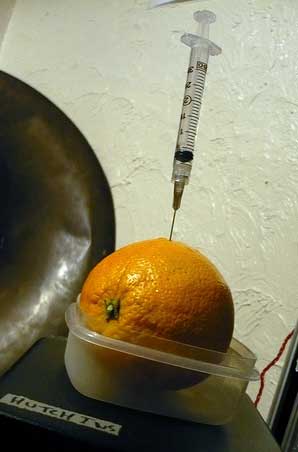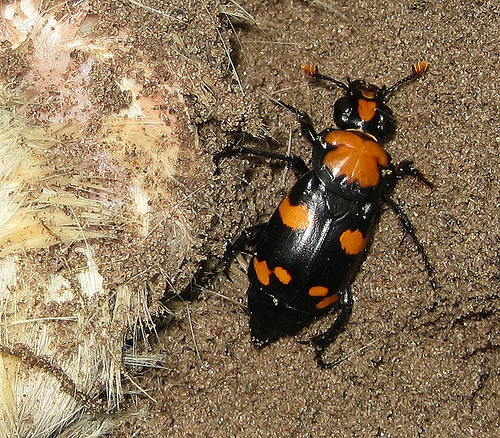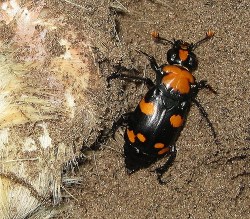The Keystone XL pipeline could ultimately be stopped not by activists, not by lobbyists, not by politicians on Capitol Hill — but by a beetle.
Listed as an endangered species since 1989, American burying beetles survive now only in a few states, including Rhode Island, South Dakota, Oklahoma, and Nebraska—in the Sandhills, right where TransCanada planned to route the tar-sands-oil–bearing Keystone XL pipeline.
These beetles, the type of endangered species few people would cry over, have earned the attention both of TransCanada and of environmental groups dedicated to protecting endangered species and interested as well in stopping the pipeline’s construction.
If you had to develop a scenario most likely to cause aneurysms among conservatives, it’s hard to top “stopping a fossil-fuel pipeline because of an endangered beetle.”
To be fair, the beetle’s presence isn’t entirely a dealbreaker. TransCanada could theoretically move the beetles to another location — and, in a sketchy move a while back, it did just that with 2,500 of them. Here’s how that process works.
Trapping the beetles requires a five-gallon bucket and a dead rat. The bucket must be buried in the ground, with four to five centimeters sticking up past the surface and a slope of dirt piled up from the ground to the bucket’s edge. There needs to be a plank on top of the bucket, supported by two narrow sticks or boards and weighed down with a rock or additional soil. The bucket cannot be within ten feet of an ant colony—the ants might kill the trapped beetles. The bottom of the bucket must contain five to eight centimeters of moist soil for the beetles to burrow into. The dead rat goes on top, the cherry of the beetle trap sundae.
Nice work if you can get it.
This little forced migration strategy was made possible by a gray area in TransCanada’s permitting, a loophole that has now been closed. It’s possible that it could be reopened, if the company is granted permission to build the pipeline. But given the complexity of trapping and moving an unknown quantity of insects, and the fact that it can only happen at two times during the year, these little beetles might prove to be a big hurdle for Keystone XL — despite never having been arrested outside the White House.
Once again, the burying beetle saves America.




